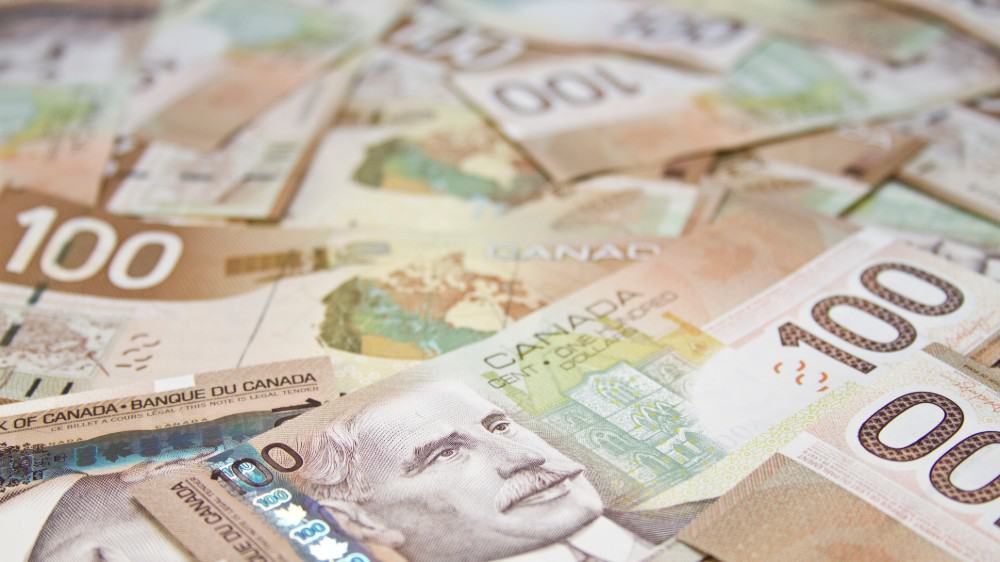If you are about to apply for CERB, the Canadian emergency response benefit, you’re not alone. Nearly six million Canadians — 16% of the country’s entire population — has decided to apply for CERB since the outbreak. The $2,000 monthly payment is helping to keep ordinary families and workers afloat during this crisis.
Fortunately, the crisis is temporary and so is the payment program. Eventually, the government will have to wind down the stimulus measures, which means you can no longer apply for CERB.
To secure your future, creating your own source of permanent passive income is essential. Here’s what you should know.
Apply for CERB if it’s needed
If you need temporary income support, you should certainly apply for CERB. There’s no way to build wealth if your income has been halted during this crisis. Until the pandemic is over, you should proceed with caution and use all the help you can get.
In fact, saving part of your CERB payments could put you on the path to financial freedom. Saving just $115 a week could help you max-out your Tax-Free Savings Account (TFSA) by the end of the year. Once you’ve maxed-out your TFSA, you can take one of two approaches to generate $2,000 in monthly passive income.
The practical approach
The most practical way to create your own permanent CERB program is to focus on accumulating tax-free savings over the long term. Maxing out your TFSA since the program was created would leave you with $69,500 today. Adding another $6,000 to that every year helps you stay on track for our ultimate target.
A low cost stock index fund tends to offer a reasonable rate of return. The S&P/TSX Composite index delivered a 7% annual return over the past 10 years. At that pace, your maxed-out TFSA could be worth $404,580 within 17 years.
Investing that capital in a dividend stock that offers a yield greater than 6% could deliver $2,000 in passive income, every month.
This a time-tested and reasonable strategy that doesn’t involve picking stocks or waiting for too long. If you can follow these guidelines for the next two decades, you won’t need to apply for CERB in the next economic crisis.
The aggressive approach
Of course, waiting for 17 years or having a maxed-out TFSA isn’t practical for everyone. If you start off with less than $69,500 or want to reach your target of passive income sooner, there are alternatives.
Real estate generally offers better returns and higher income. The iShares S&P/TSX Capped REIT Index ETF has delivered an 8.44% CAGR since inception despite the double-digit drop in recent months. Real estate has appreciated far faster than the stock market in Canada. REIT dividend yields also tend to be higher (between 6% and 14%).
A higher dividend yield, such as the 11% offered by Brookfield Property Partners means you need less upfront capital to generate passive income. You only need $218,000 instead of $404,000 to avoid needing to apply for CERB again.
Alternatively, you could accumulate far more capital by focusing on aggressive growth stocks. Shopify and Dollarama are good examples of how a multi-bagger stock can make you rich.








